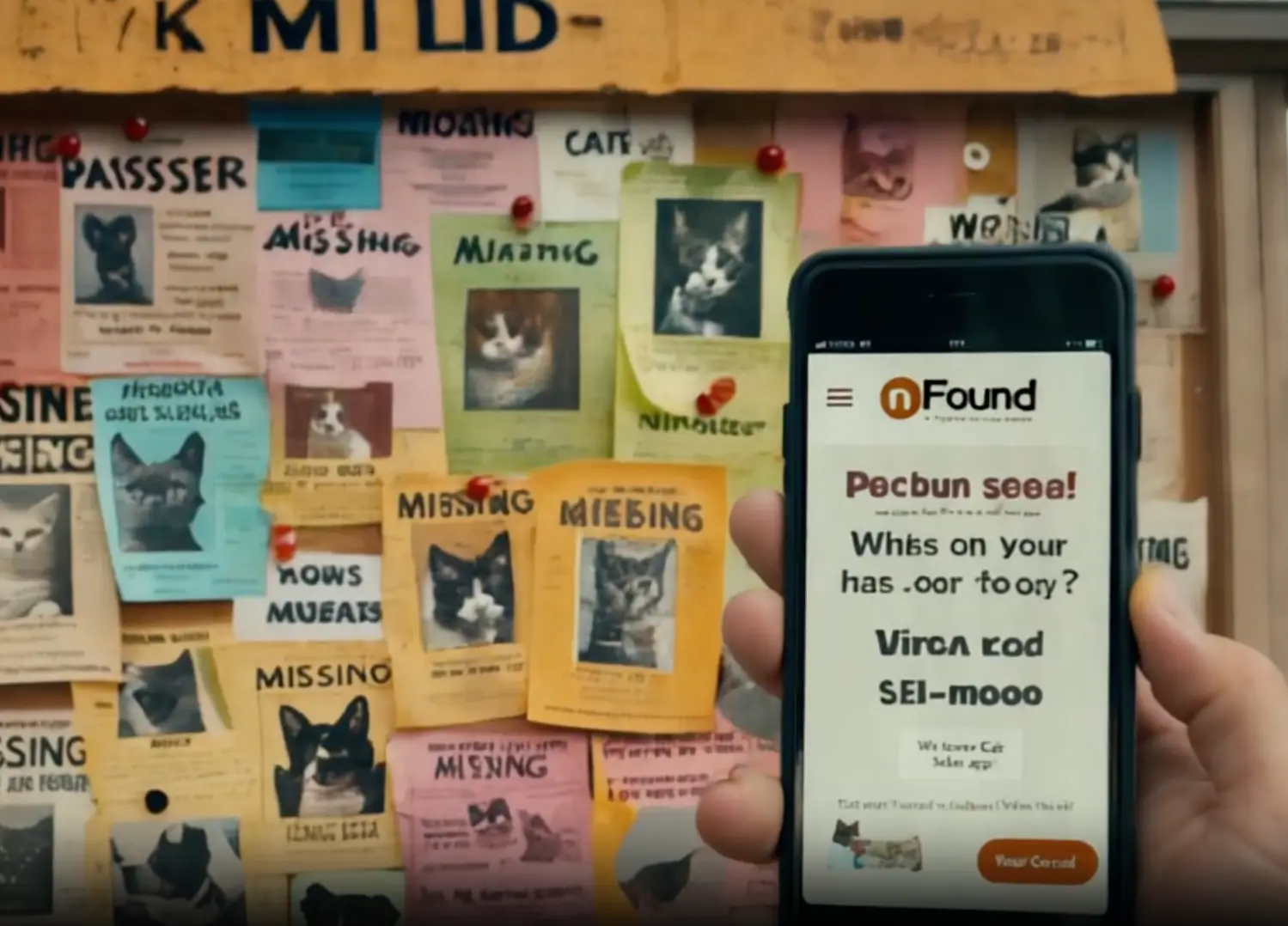Missing Cats and Dogs in Kansas: A Growing Concern

Rising Numbers of Lost Pets. Missing Cats and Dogs in Kansas. Kansas has seen a rise in missing pet cases recently. Many cats and dogs disappear without a trace every year. Owners struggle to find them, often facing heartbreaking losses. Shelters report an increase in stray animals matching lost pet descriptions. Some pets run away, while others fall victim to theft or accidents. Understanding the reasons behind these disappearances is crucial for prevention.
Missing Cats and Dogs in Kansas. Why Do Pets Go Missing?
Many pets escape due to fear, open gates, or unfamiliar surroundings. Fireworks and storms often cause dogs to flee in panic. Cats wander far from home, sometimes unable to find their way back. Sadly, some pets are stolen for resale or illegal breeding. Others get injured and cannot return home on their own. Recognizing these risks can help pet owners stay vigilant.
The Role of Animal Shelters
Kansas animal shelters work tirelessly to reunite pets with families. Lost pets often end up in shelters, waiting for identification. However, many remain unclaimed due to missing microchips or tags. Shelters rely on public awareness to reconnect animals with owners. Adopting from shelters also helps reduce the number of strays. Increased microchipping efforts have improved reunions but are not foolproof.
Community Efforts to Locate Lost Pets
Kansas residents have formed search groups to help find lost pets. Social media plays a huge role in spreading missing pet alerts. Flyers, neighborhood searches, and word of mouth also prove effective. Many communities use local pet recovery apps for faster searches. Online databases allow owners to report and track lost pets. These tools make reunions more likely, but time remains critical.
How Nfound Helps Pet Owners
Nfound is a valuable tool in the search for missing pets. This app connects owners with search volunteers in their area. Users can post alerts, track sightings, and contact shelters. GPS tagging and real-time updates improve the chances of recovery. Many Kansas pet owners have found success using this technology. Quick action increases the likelihood of finding a missing pet alive.
Preventative Measures for Pet Owners
Keeping pets safe requires proactive measures from owners. Secure yards and fences prevent unnecessary escapes. Microchipping ensures pets have a permanent form of identification. Proper training helps dogs stay calm during loud noises or stress. Cats benefit from supervised outdoor time or enclosed patios. Regular leash use reduces the risk of losing pets during walks. These steps significantly decrease the chances of a pet going missing.
Urgent Action Needed
Time is critical when a pet disappears. Immediate searches increase the chances of finding a lost animal. Contacting local shelters, veterinarians, and rescue groups is essential. Social media outreach and flyers help spread awareness quickly. Checking online databases can reveal if someone found the pet. Quick, coordinated efforts maximize the likelihood of a reunion.
Conclusion
Kansas faces a growing problem with missing cats and dogs. Every lost pet represents a family in distress. Understanding why pets go missing can help prevent future losses. Shelters and community groups play a crucial role in reunification. Technology, like Nfound, offers new hope in pet recovery. Owners must take preventative measures to keep their pets safe. When a pet disappears, immediate action is the best strategy. Searching, spreading alerts, and contacting shelters improve success rates. Lost pets need as many eyes looking for them as possible. No pet should remain missing without a dedicated search effort. The Kansas community must continue working together to solve this problem.
Sources:
- Kansas Humane Society www.kshumane.org
- Lost Pet Search and Rescue Kansas www.lostpetsks.org
- Nfound App www.nfound.org






